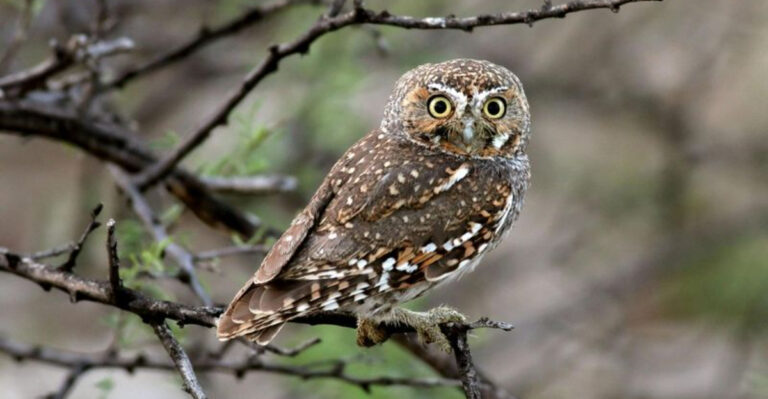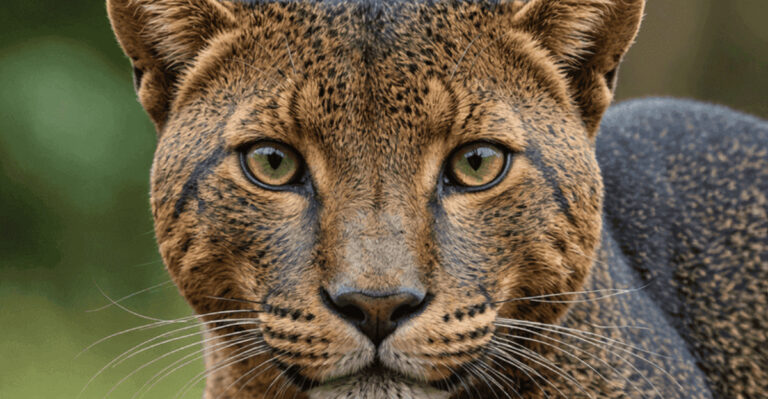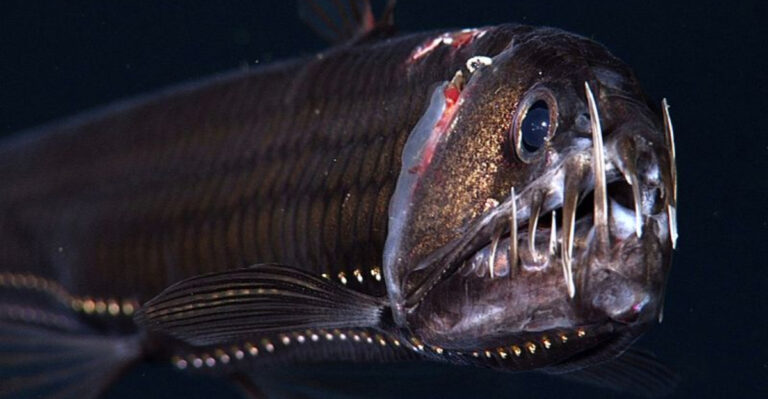14 Clever Hunting Tactics Used By Wild Cats
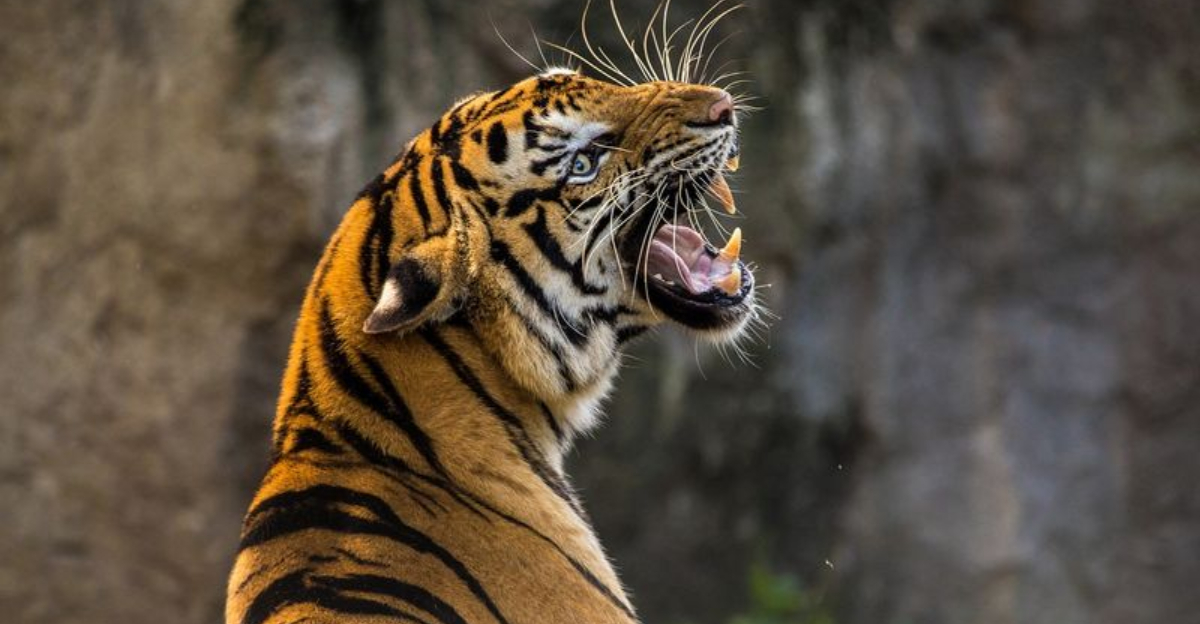
Wild cats are nature’s perfect predators, combining strength, stealth, and intelligence in their pursuit of prey.
From the mighty tiger to the nimble ocelot, these feline hunters have evolved remarkable strategies that make them incredibly successful. Their hunting techniques showcase millions of years of evolutionary refinement, allowing them to thrive in diverse habitats around the world.
1. Ambush From Above
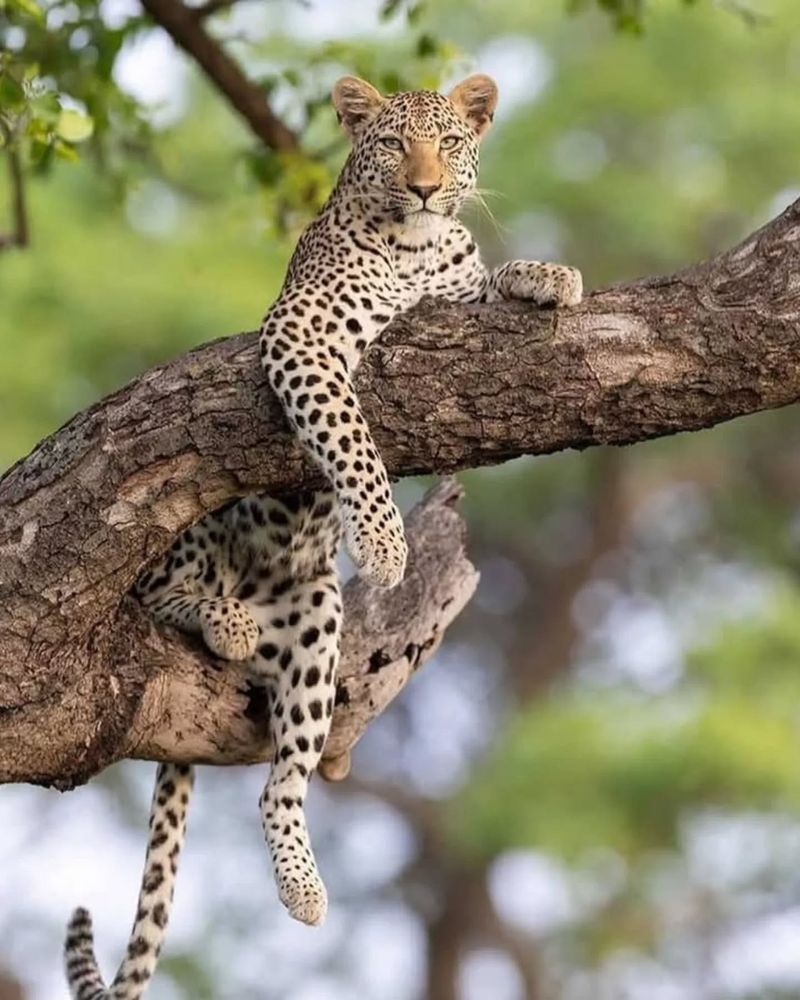
Leopards transform trees into deadly hunting platforms. Patiently waiting on branches overlooking game trails, they calculate the perfect moment to drop onto unsuspecting prey below.
Their spotted coats blend seamlessly with dappled sunlight filtering through leaves. The element of surprise gives these cats a critical advantage against animals that might otherwise outrun them. After a successful kill, leopards often hoist carcasses back into trees to protect them from scavengers.
2. The Silent Paw Technique
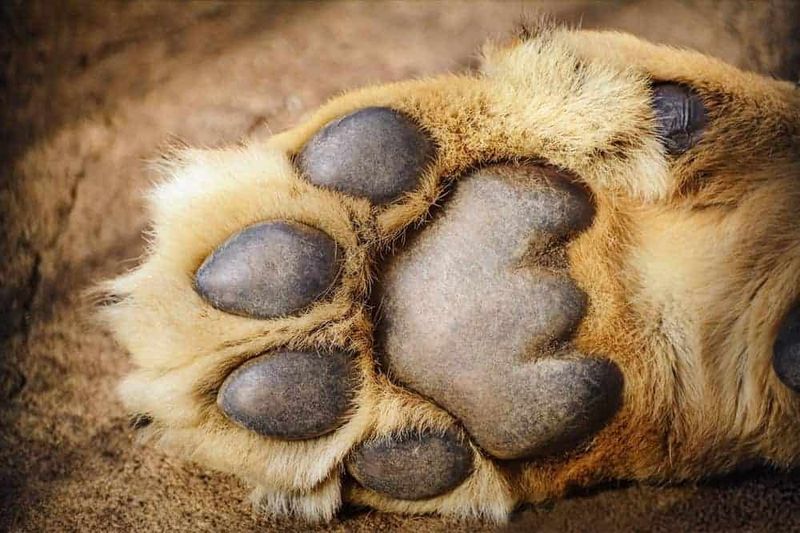
Ever wonder how cats move without making a sound? Wild felines possess specialized foot pads with fatty tissue that cushion each step.
Their retractable claws remain sheathed until the final attack, eliminating telltale clicking sounds. Mountain lions can stalk within feet of prey animals without detection. This silent approach works in tandem with their remarkable patience – some cats will follow potential prey for hours before making their move.
3. Synchronized Group Hunting
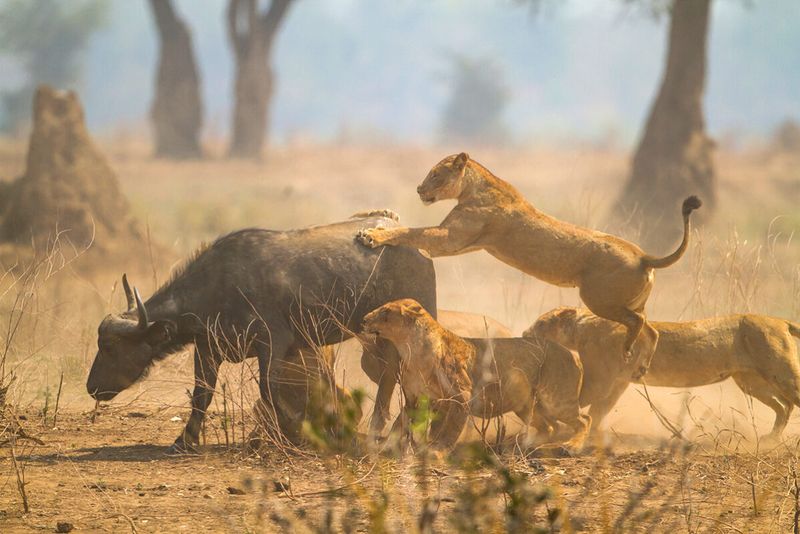
Lions showcase remarkable teamwork when hunting large prey. Pride members communicate through subtle ear movements, tail positions, and body language to coordinate complex attacks.
Some lions deliberately flush prey toward waiting ambushers. Female lions often take lead hunting roles, displaying incredible synchronization. This cooperative strategy allows them to bring down animals much larger than any individual lion could handle alone – including buffalo, giraffes, and even young elephants.
4. The Hypnotic Tail Twitch
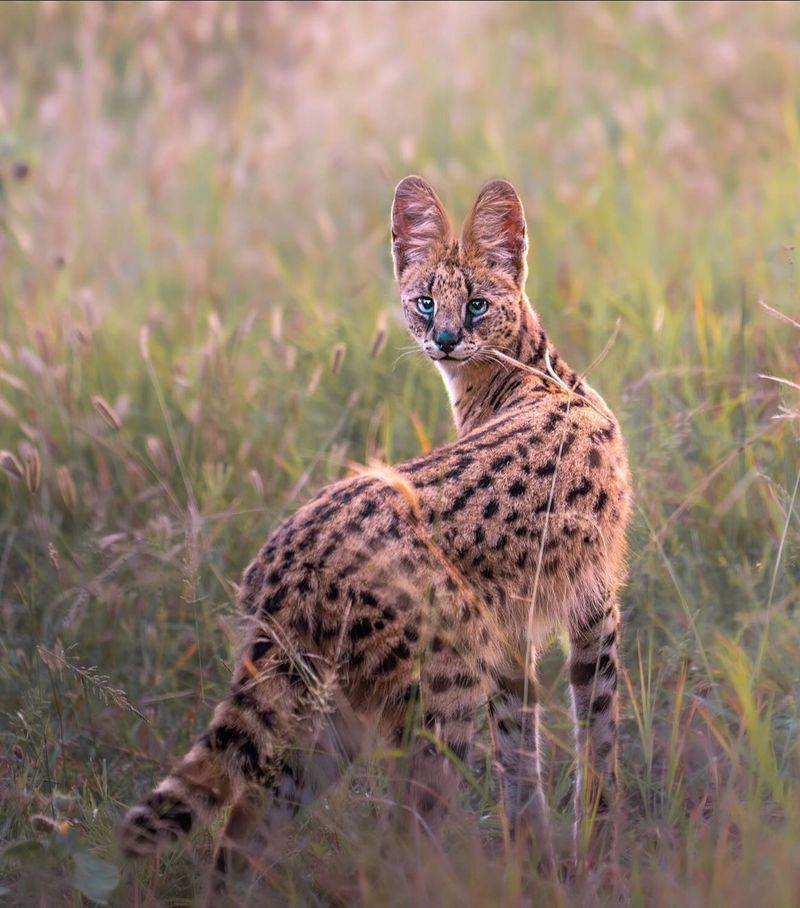
Bobcats and servals employ a fascinating psychological trick. While hidden in tall grass, they deliberately twitch their tail tips, mimicking the movement of small prey animals like mice or birds.
Curious predators or scavengers investigate this apparent easy meal, only to become prey themselves. The technique works especially well on birds and small mammals. Some scientists believe this behavior demonstrates advanced cognitive understanding of other animals’ perception and curiosity.
5. Water Ambush Strategy
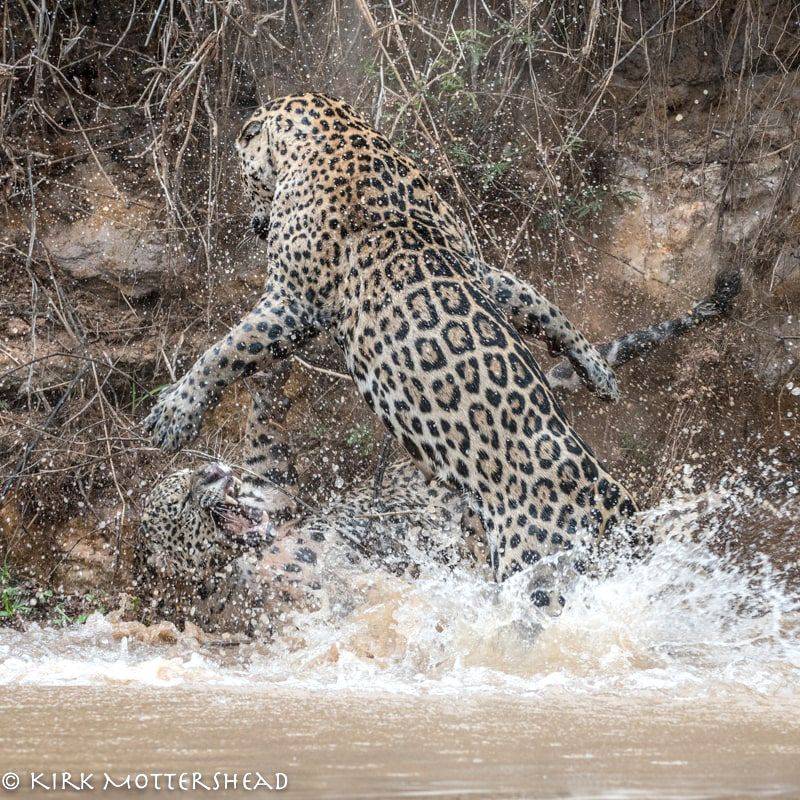
Jaguars turn rivers into deadly traps. Unlike most cats, they enthusiastically enter water, positioning themselves near riverbanks where animals come to drink.
With explosive speed, they launch from water to seize prey by the head or neck. Their immense jaw strength allows them to pierce turtle shells and crocodilian armor. Jaguars have even been observed slapping water to attract curious fish within striking range – a rare example of tool use in wild cats.
6. The False Retreat
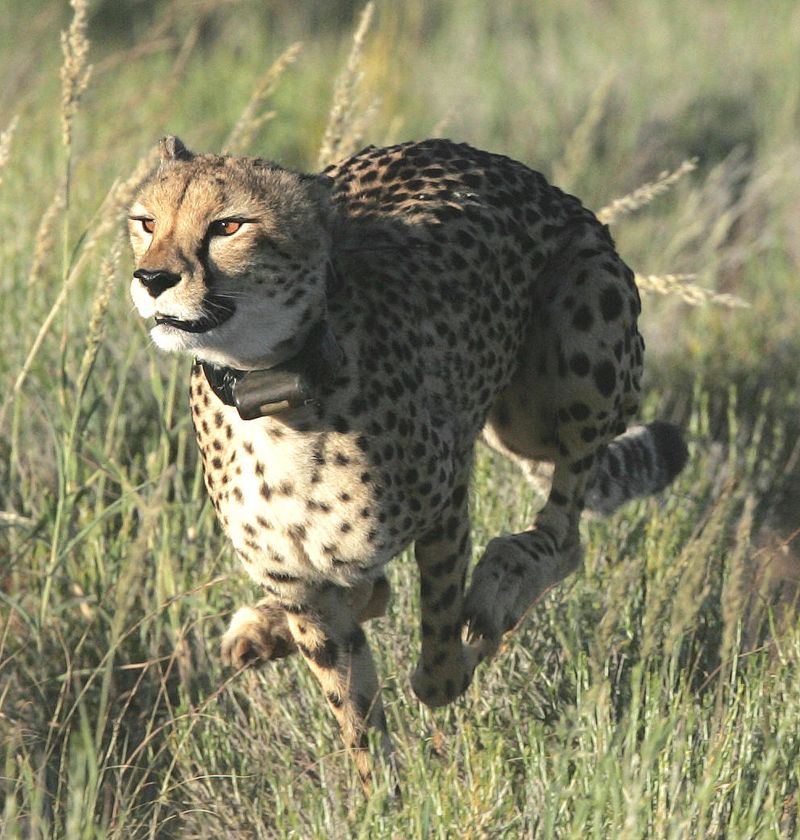
Cheetahs employ psychological warfare by pretending to give up the chase. After an initial failed sprint, they’ll appear to lose interest and walk away casually.
Once prey relaxes its vigilance, the cheetah circles back for a surprise attack. This deceptive tactic plays on prey animals’ limited attention spans. Young cheetahs learn this advanced strategy from their mothers through observation and practice during their extended dependency period.
7. Midnight Whisker Navigation
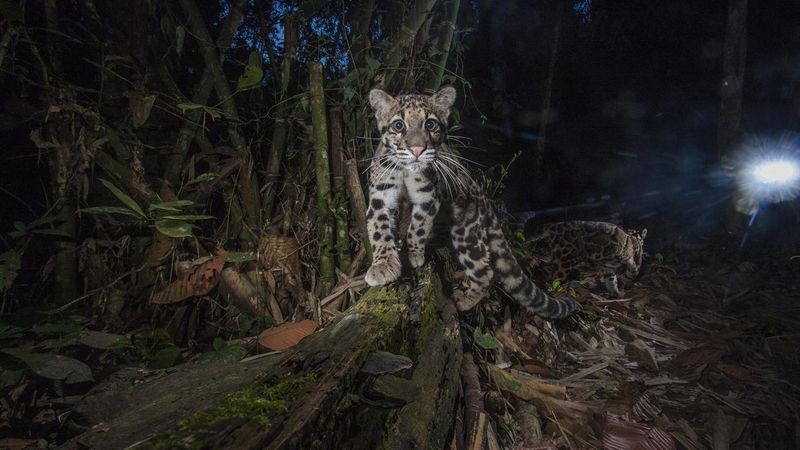
Clouded leopards and other nocturnal cats hunt in near-total darkness using their whiskers as sensory tools. These specialized hairs detect minute air movements caused by prey animals breathing or moving.
Combined with excellent night vision, this whisker-radar system creates a three-dimensional awareness of their surroundings. Their facial muscles can adjust whisker position for maximum sensitivity. This adaptation allows them to navigate dense jungle undergrowth without making noise, even on moonless nights.
8. The Acoustic Ambush
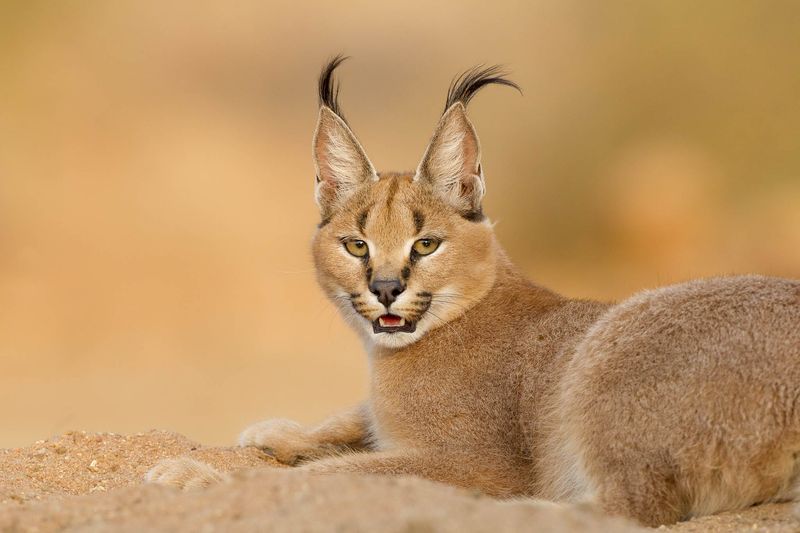
Caracals possess extraordinarily large ear tufts that function as sound-gathering antennas. These desert specialists can detect rodents moving underground by their faint scratching sounds.
Once prey is pinpointed, they execute a precisely targeted pounce, often catching animals they haven’t even seen. Their ear muscles can rotate independently, tracking multiple sound sources simultaneously. Caracals combine this acoustic hunting with remarkable jumping ability – leaping up to 12 feet high to snatch birds from the air.
9. Snake-Like Grass Stalking
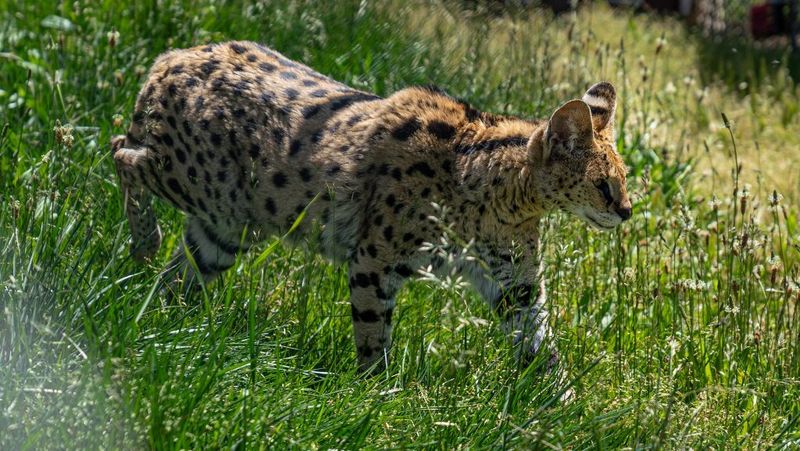
Servals have developed a unique approach to hunting in tall grass. Rather than pushing through vegetation, they slide forward with a snake-like undulating motion that barely disturbs the grass tops.
Their elongated bodies and specially adapted shoulder blades enable this horizontal movement. Prey animals evolved to watch for vertical grass movement miss this lateral approach entirely. Combined with their incredible leaping ability, this technique makes servals highly successful grassland hunters despite their relatively small size.
10. The Patience Game
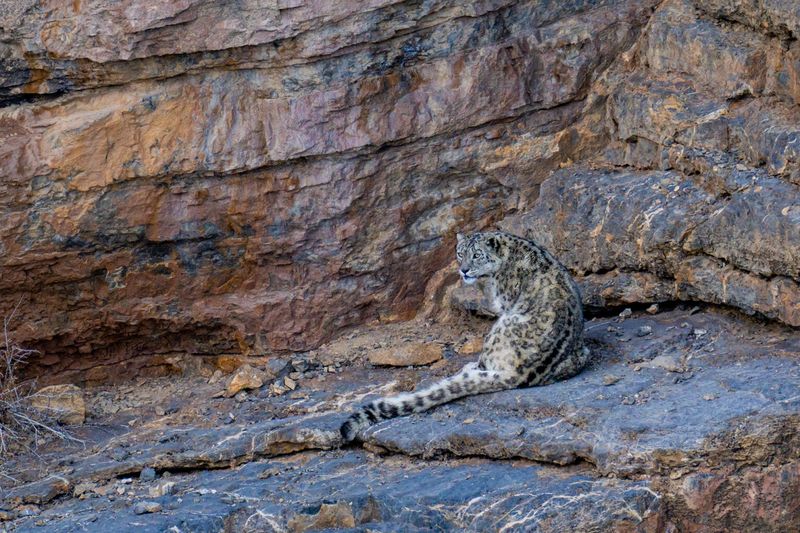
Snow leopards elevate waiting to an art form. These mountain ghosts will observe potential prey for days, memorizing herd movements and identifying vulnerable individuals.
When hunting mountain goats or sheep on treacherous slopes, timing becomes critical. They wait for prey to reach precarious positions before attacking, using the terrain as a hunting partner. Their legendary patience allows them to conserve precious energy in their harsh, food-scarce mountain habitats.
11. The Vertical Surprise
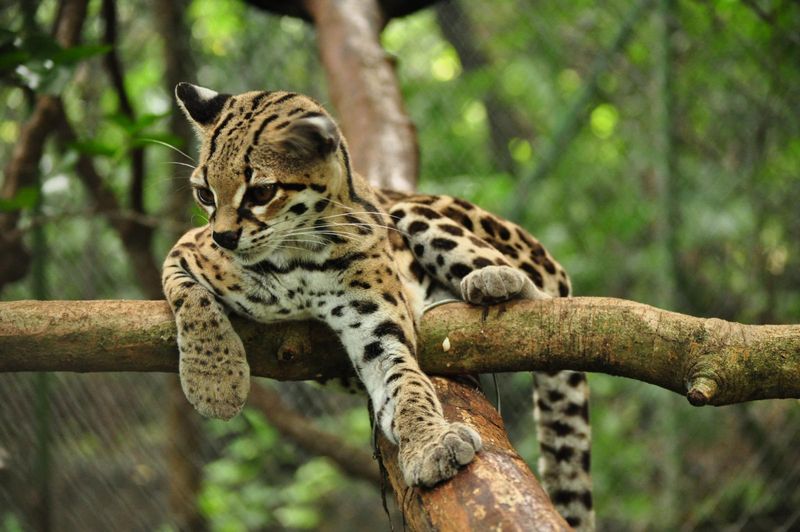
Margays perform hunting acrobatics that seem to defy physics. These small rainforest cats can rotate their ankle joints 180 degrees, allowing them to run headfirst down tree trunks and even hang by one paw.
This extraordinary mobility enables attacks from directly above prey. Margays have been observed mimicking monkey infant distress calls to lure curious adults within striking range. Their specialized adaptations make them one of the few cats that can effectively hunt in the rainforest canopy.
12. Scent-Masked Approach
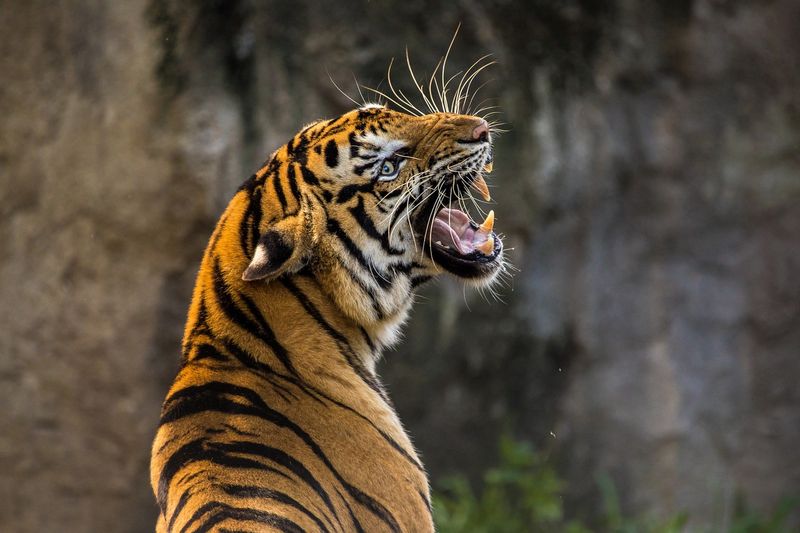
Tigers employ chemical camouflage by approaching prey from downwind. They’ll even take circuitous routes to ensure their scent doesn’t betray their presence.
In extreme cases, tigers have been observed rolling in their prey’s dung or urine to mask their predator scent. Their whiskers constantly sample air currents to verify they remain undetectable. This olfactory awareness demonstrates their sophisticated understanding of how prey animals perceive their environment.
13. The Water Crossing Trap
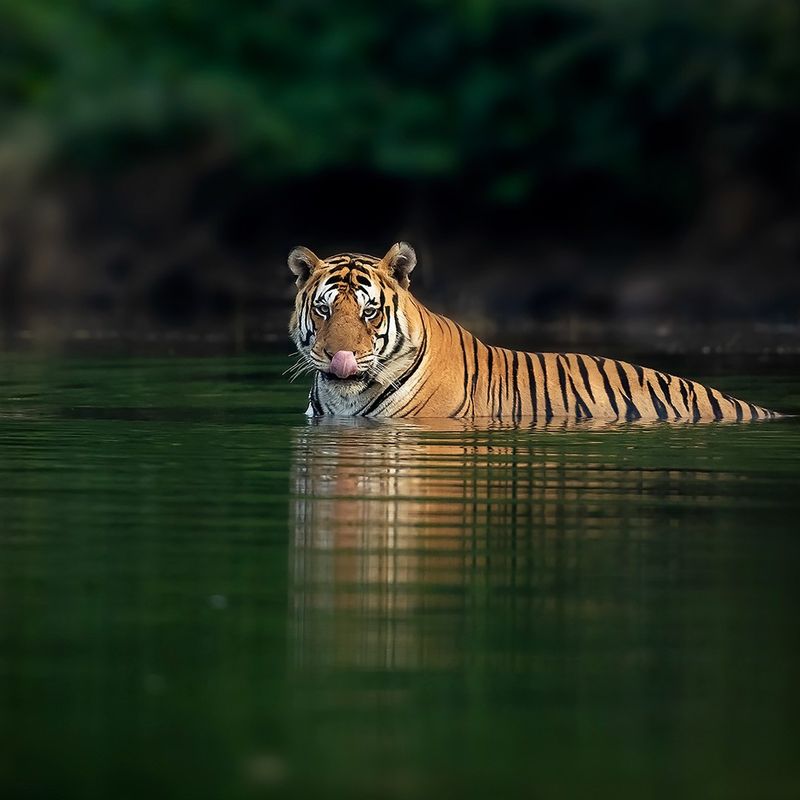
Tigers set clever ambushes at river crossing points where deer and other prey must slow down. They calculate exactly where animals will emerge on the opposite bank, targeting this moment of vulnerability.
Some tigers deliberately drive prey toward water, knowing the animals will be more focused on the crossing than potential predators. Their striped coats blend perfectly with dappled light along riverbanks. This strategic thinking showcases the remarkable intelligence behind their hunting success.
14. The Quick-Charge Bluff
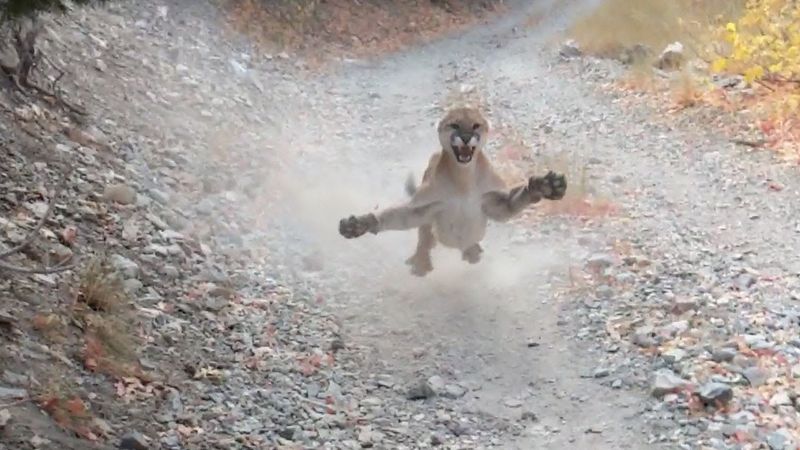
Mountain lions use intimidation psychology against prey that might outrun them in a prolonged chase. They execute a sudden, explosive charge that triggers prey’s flight response before the animal can properly assess the threat.
This startled reaction often causes prey to make poor escape decisions, running into obstacles or dangerous terrain. The mountain lion conserves energy by keeping the chase short and targeted. This technique works particularly well in broken, rocky landscapes where panic leads to fatal missteps.


